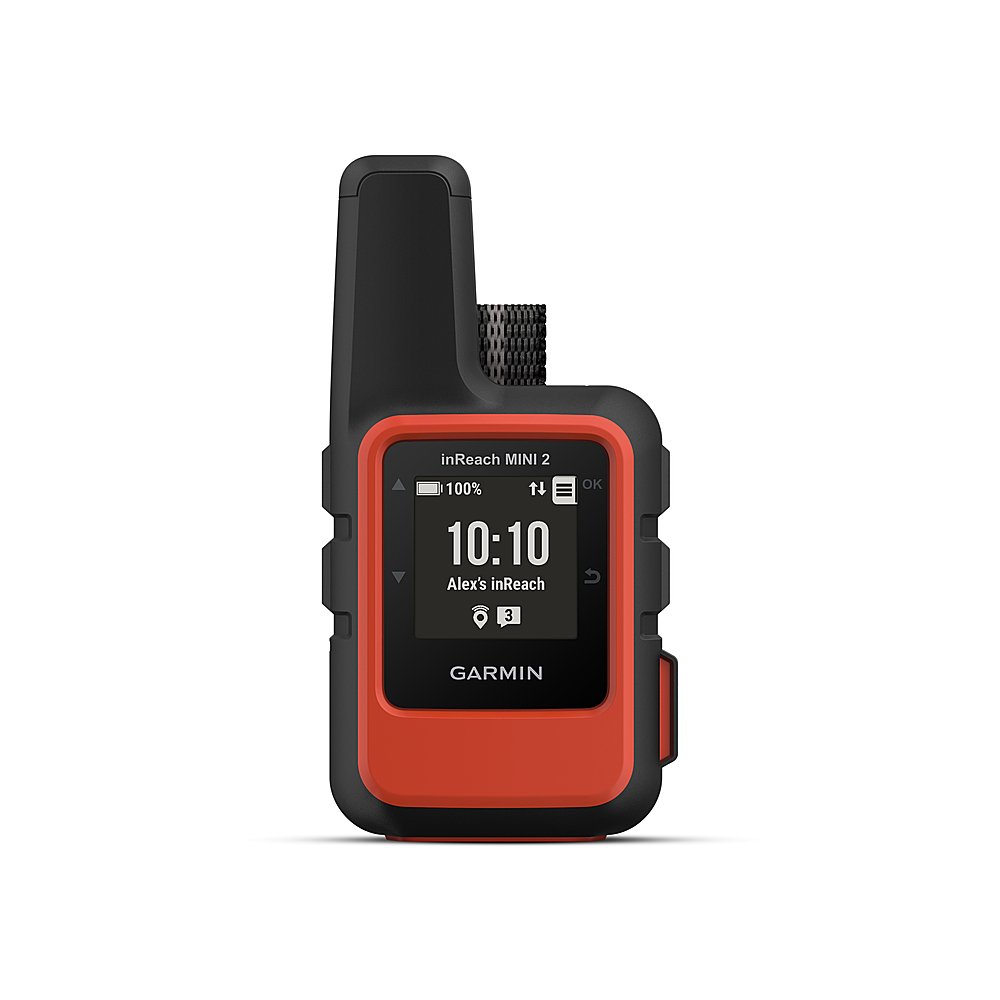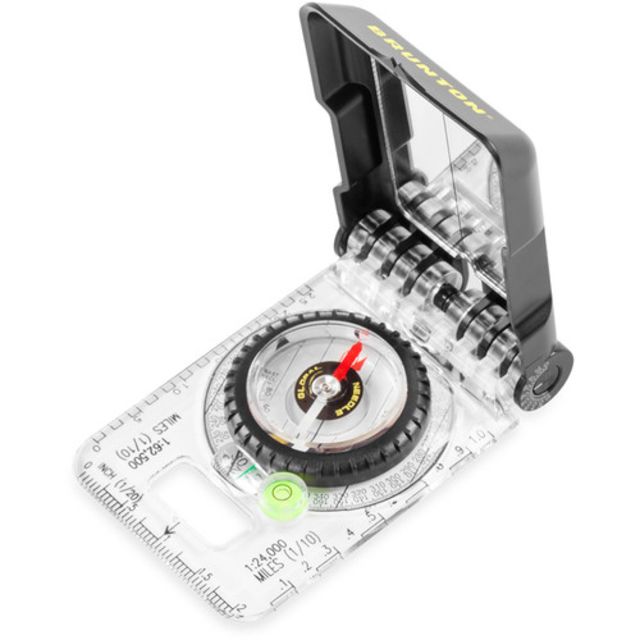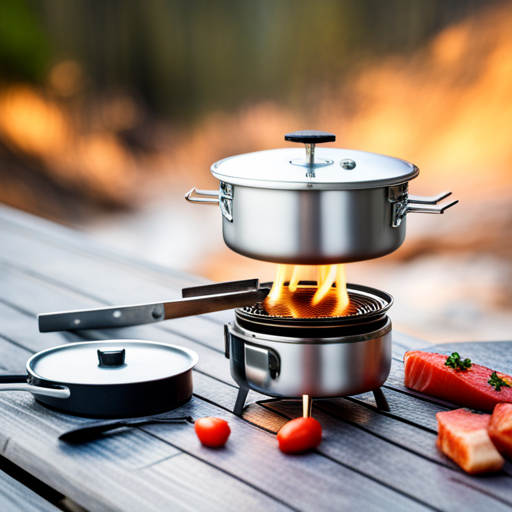Goal Zero solar panels are a great option for campers and survivalists who need reliable power in a variety of environments. These portable, lightweight panels are designed to be easy to set up and simple to use. They come in a range of sizes, so you can find the one that best fits your needs. With Goal Zero solar panels, you’ll have access to clean energy wherever your next adventure takes you.
The panels work by converting sunlight directly into usable electricity. This is especially helpful for camping trips or long-term survival scenarios when no other power source is available. With Goal Zero’s efficient design, you’ll get the most out of every ray of sunshine collected by your panel—allowing you to run small electronic devices, charge batteries, and much more.
Thanks to their collapsible design, Goal Zero solar panels are extremely portable and easy to pack up for your next trip. They also come with convenient carrying bags that make storage even simpler. Plus, these panels are built with robust construction materials that can withstand rain, snow, dust, and dirt so you don’t need to worry about the elements ruining them during extended use in the outdoors.
Goal Zero solar panels provide reliable power in all kinds of environments—making them a perfect choice for campers or survivalists who want access to clean energy anytime and anywhere. With their compact size and efficient technology, they’re sure to keep you energized on any adventure.
So if you’re looking for a reliable power source for your next camping trip or survival scenario, check out Goal Zero solar panels and get ready to explore the great outdoors with renewable energy at your fingertips!
Whether you’re roughing it in the woods or just need a few extra gadgets powered up while traveling, Goal Zero has the perfect solution for all of your portable energy needs. With their versatile range of sizes, efficient design, and robust construction materials—you can be sure that no matter where life takes you, Goal Zero solar panels will have you covered. Get ready to make every outdoor adventure one to remember!
You can also feel good knowing that Goal Zero solar panels are friendly to the environment. By harnessing clean energy from the sun, you’re helping reduce your carbon footprint and doing your part to keep our planet healthy. Plus, with their low-maintenance design and easy setup—even beginners will have no problem setting up their Goal Zero panel and getting started on their off-grid adventures!
So if you’re ready to explore the great outdoors while staying connected to renewable energy, then look no further than Goal Zero solar panels. Lightweight, collapsible, efficient—there’s everything you need for your next camping or survival trip! And don’t forget—with every ray of sunshine, you’re helping create a brighter and more sustainable future for us all.
Go ahead—explore the world with Goal Zero solar panels today! Whether it’s for an emergency situation or just powering up your favorite gadgets while camping, you can rest assured knowing that you have reliable energy at your fingertips. Live life to its fullest with renewable energy, and make every adventure one to remember!



